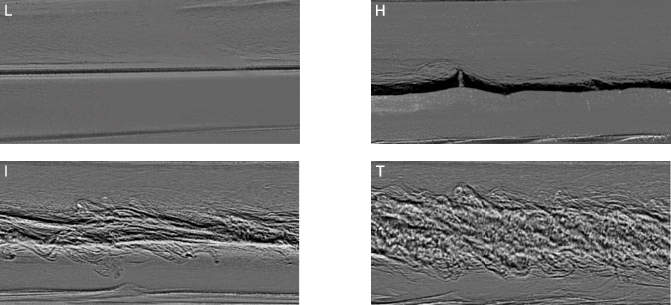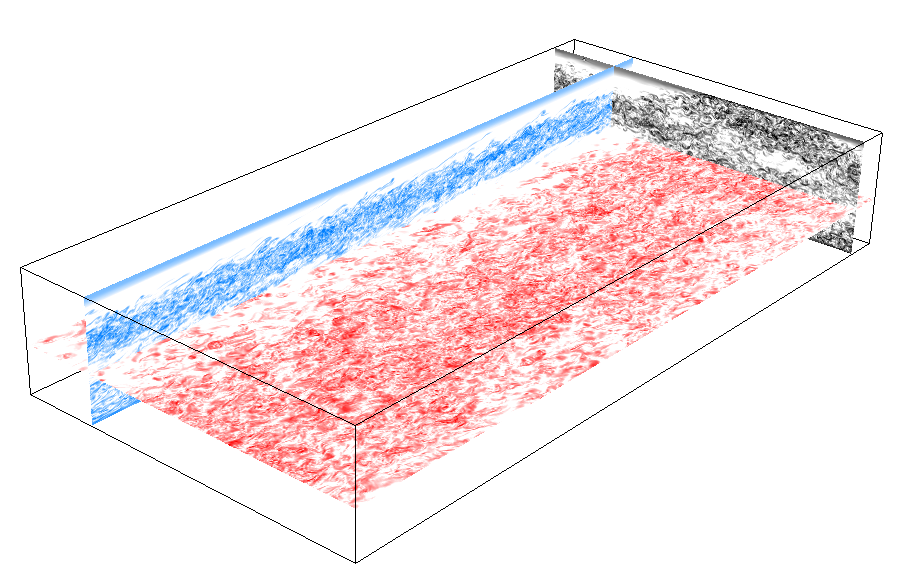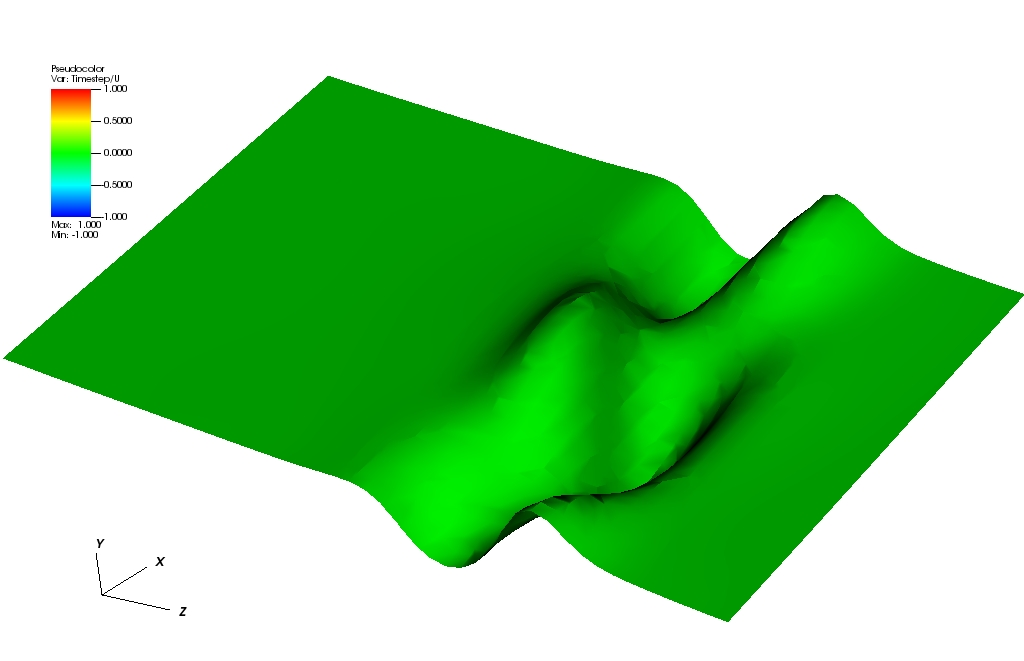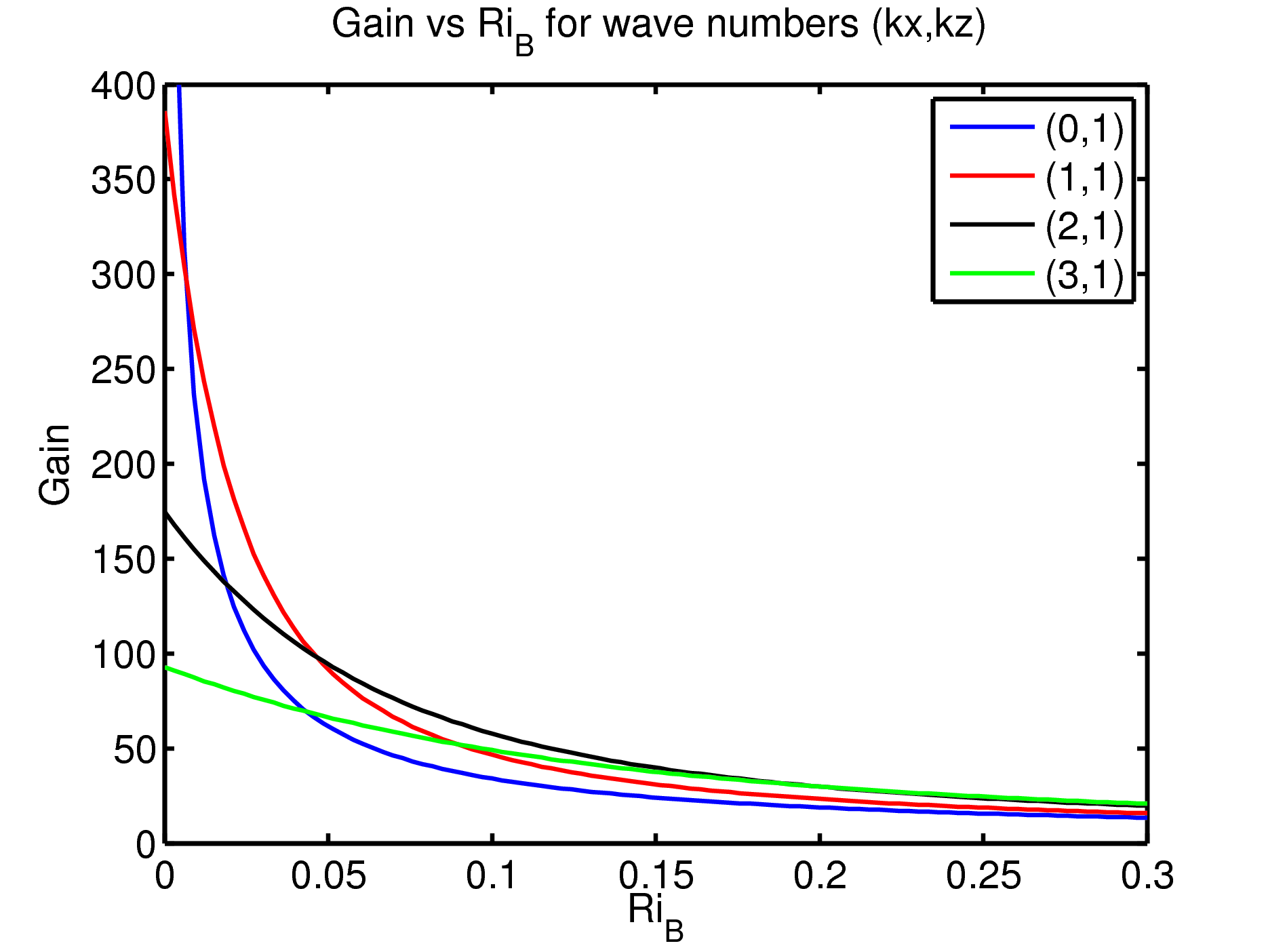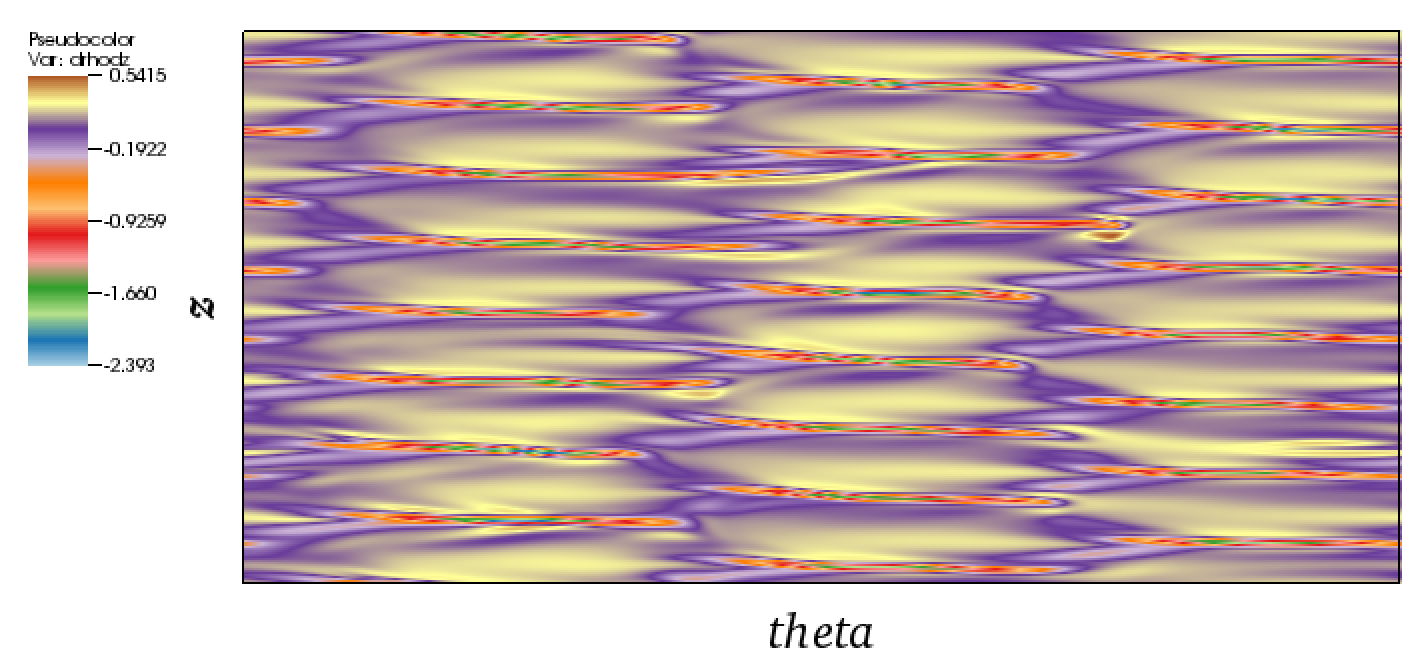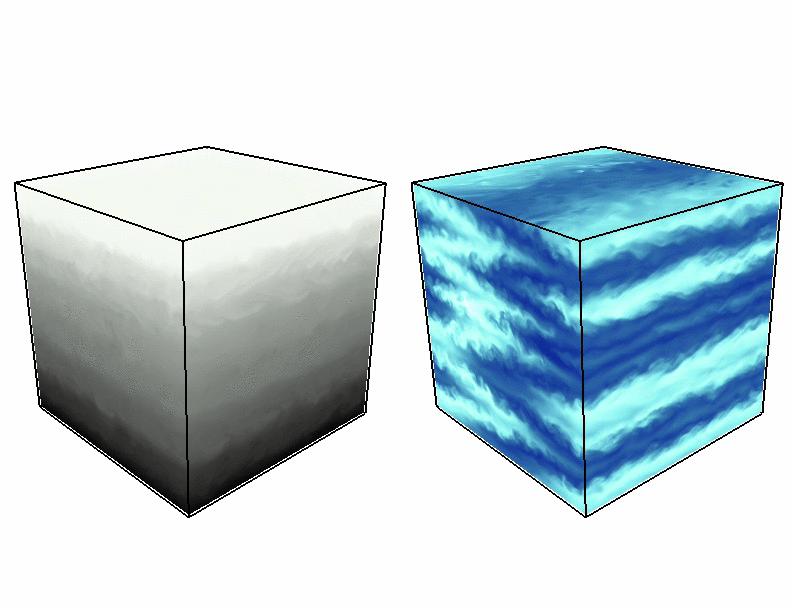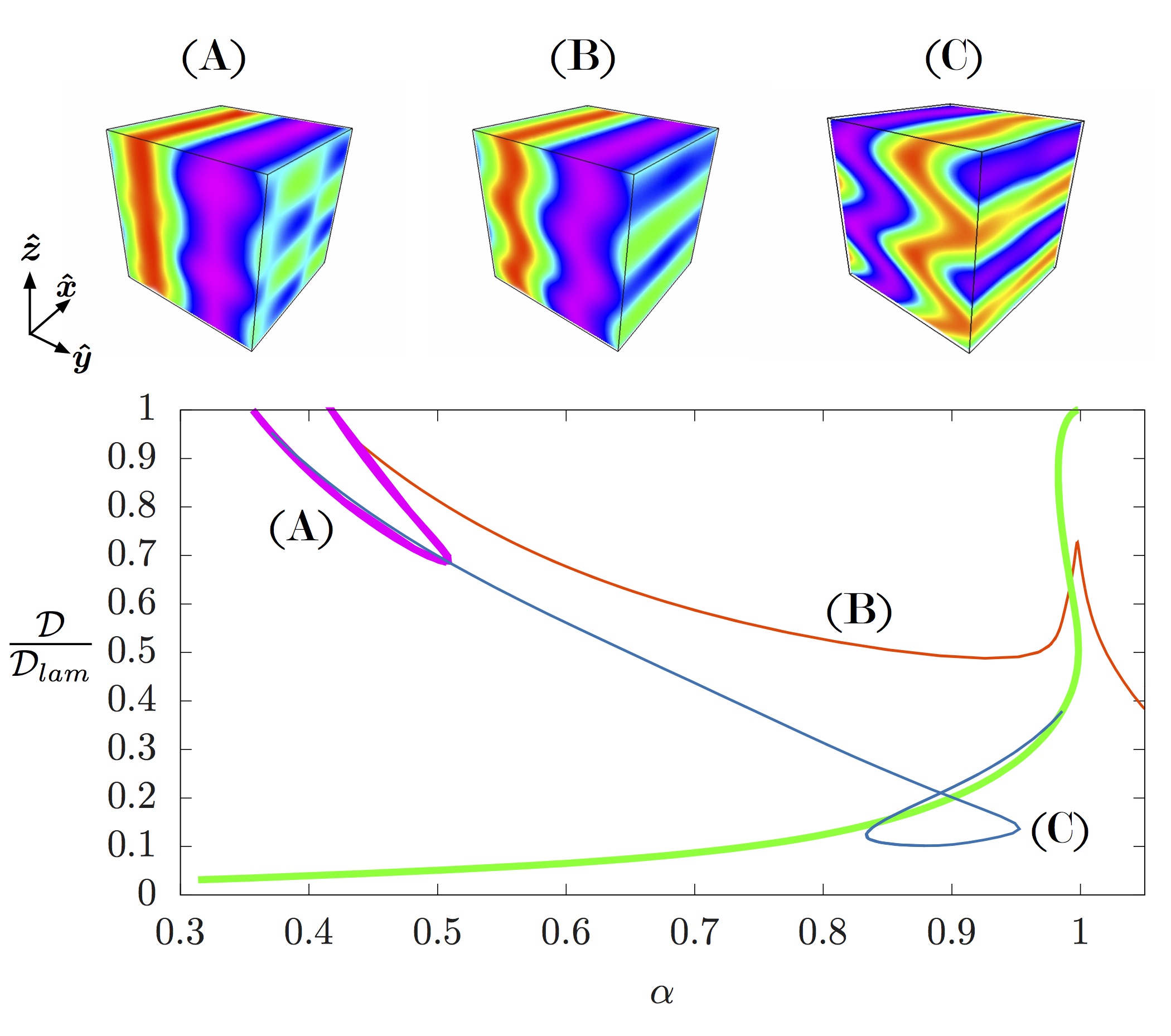The stability properties of shear flows have received wide attention due to the important engineering applications of understanding how and when turbulence might emerge in a given flow geometry. Research has recently focused on identifying "minimal seeds," i.e. the initial perturbations to a laminar state with the smallest initial perturbation energy E0 = Ec that ultimately trigger the transition to turbulence. In unstratified plane Couette flow, Rabin, Caulfield & Kerswell (J. Fluid Mech. 2012 712) identified both such a minimal seed, and other "nonlinear optimal perturbations"(NLOPS) with E0 < Ec which maximised the gain in kinetic energy over some finite time while the flow still remained laminar. We use the same variational method of "nonlinear adjoint looping" to identify NLOPS and minimal seeds in stably stratified plane Couette flow, where a constant (stabilising) density difference is maintained across the flow. We also identify the mechanisms through which such perturbations may transiently gain both kinetic and potential energy as the bulk Richardson number is varied, identifying how stratification changes the qualitative characteristics of the optimal perturbations.
For the linear problem in which transient growth of perturbations can occur due to the nonnormality of the governing time evolution operator, we find that the possible energy gain of perturbations is rapidly reduced as the bulk Richardson number is increased. There is also a transition in the form of perturbation that is optimal for energy growth from two-dimensional, streamwise aligned vortices that primarily use the lift-up mechanism for energy growth, to three-dimensional oblique structures that primarily use the Orr mechanism for energy growth. We also find that the possibility of non-trivial transient energy growth remains for bulk Richardson numbers exceeding 0.25.

